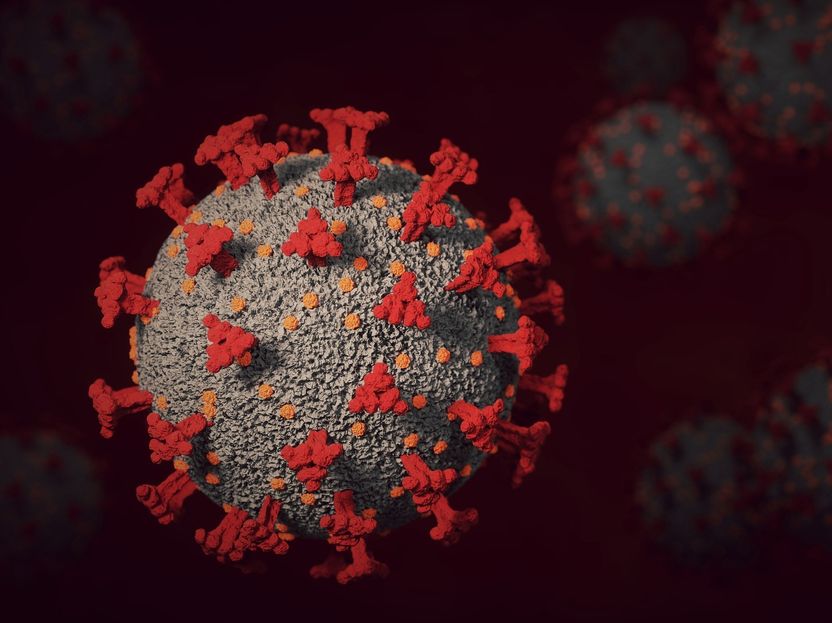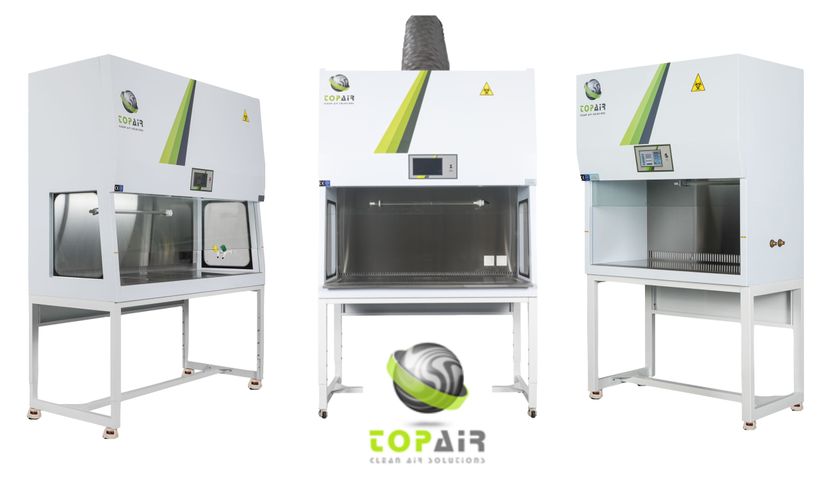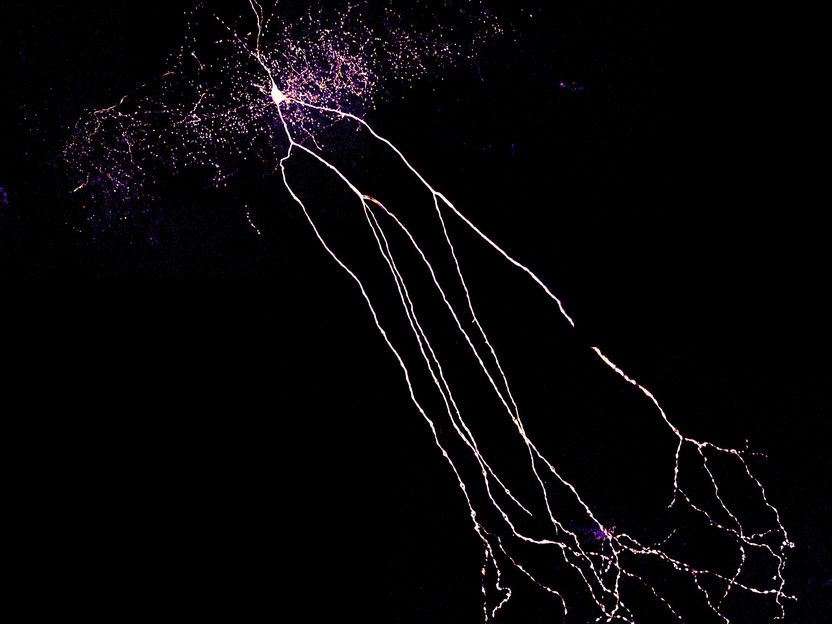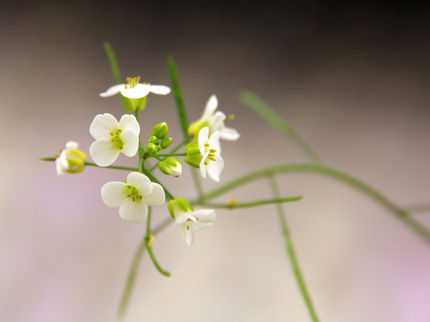Brewing better beer: Scientists determine the genomic origins of lager yeasts
Yeast, the essential microorganism for fermentation in the brewing of beer, converts carbohydrates into alcohol and other products that influence appearance, aroma, and taste. In a study published in Genome Research, researchers have identified the genomic origins of the lager yeast Saccharomyces pastorianus, which could help brewers to better control the brewing process.
For thousands of years, ale-type beers have been brewed with Saccharomyces cerevisiae (brewer’s or baker’s yeast). In contrast, lager beer, which utilizes fermentations carried out at much lower temperature than for ale, is a more recently developed alcoholic beverage, appearing in Bavaria near the end of the Middle Ages. Lager beer gained worldwide popularity starting in the late 1800s, when the advent of refrigeration made year-round low-temperature fermentations possible. Saccharomyces pastorianus, the yeast used in lager brewing, is a “hybrid” organism of two yeast species, Saccharomyces bayanus and S. cerevisiae. It is thought that the contributions of both parent species resulted in an organism able to out-compete other yeasts during the cold lager fermentations.
Though early brewers understood that different brewing conditions would produce a unique beer, scientists are now unlocking the genetic differences between yeast strains that produce variation in flavor, color, and aroma. By comparing the genomic properties of yeast strains sampled from breweries around the world, Drs. Barbara Dunn and Gavin Sherlock of Stanford University have measured the genetic contribution of the parent yeasts to strains of S. pastorianus and revealed new insights into the events that brought about the evolution of lager yeast.
Surprisingly, the researchers found evidence that S. pastorianus strains used by brewers today may not have arisen from a single hybridization event, as was previously believed. “There were two independent origins of today's extant S. pastorianus strains,” said Sherlock. “It is likely that each of these groups derived the S. cerevisiae portions of their genomes from distinct but related ale yeasts, and that these natural hybrids were then selected by brewers due to their abilities to ferment at cold temperatures.”
While this work identified two distinct groups of S. pastorianus, Sherlock noted that they observed significant genetic variation and flexibility within the groups as well. Dunn and Sherlock speculated this genomic flexibility could have implications for the unique properties of each brewer’s beer. “The fact that lager yeasts isolated from different breweries each seem to have a unique genomic make-up may indicate that the yeasts are adapting to the conditions specific to each brewery,” explained Dunn.
Furthermore, this work paves the way for the characterization of specific genetic features of each strain that could aid in the brewing process. “Our discovery that unique genomic structures may be characteristic to each brewery and/or beer type could lead to insights on how to directly control flavor and aroma in beer,” said Dunn.
Original publication: Dunn, B., and Sherlock, G. Reconstruction of the genome origins and evolution of the hybrid lager yeast Saccharomyces pastorianus. Genome Res. 2008.
Other news from the department science

Get the life science industry in your inbox
By submitting this form you agree that LUMITOS AG will send you the newsletter(s) selected above by email. Your data will not be passed on to third parties. Your data will be stored and processed in accordance with our data protection regulations. LUMITOS may contact you by email for the purpose of advertising or market and opinion surveys. You can revoke your consent at any time without giving reasons to LUMITOS AG, Ernst-Augustin-Str. 2, 12489 Berlin, Germany or by e-mail at revoke@lumitos.com with effect for the future. In addition, each email contains a link to unsubscribe from the corresponding newsletter.
Most read news
More news from our other portals
Last viewed contents
Category:Oripavines
Epigenomics AG Places Maximum Number of New Shares in Capital Increase with Pre-emptive Rights

Researchers find explanation why the Omicron variant causes less severe disease - Moreover, cell culture findings indicate that eight important COVID-19 drugs and drug candidates remain effective against Omicron.
DNA computer brings 'intelligent drugs' a step closer

Biosafety cabinet with integral Particle counter | Safety cabinets | TopAir Systems
Roxana_Moslehi






















































